Kazuo Umezu, legendary artist behind THE DRIFTING CLASSROOM & CAT EYED BOY, dies at 88

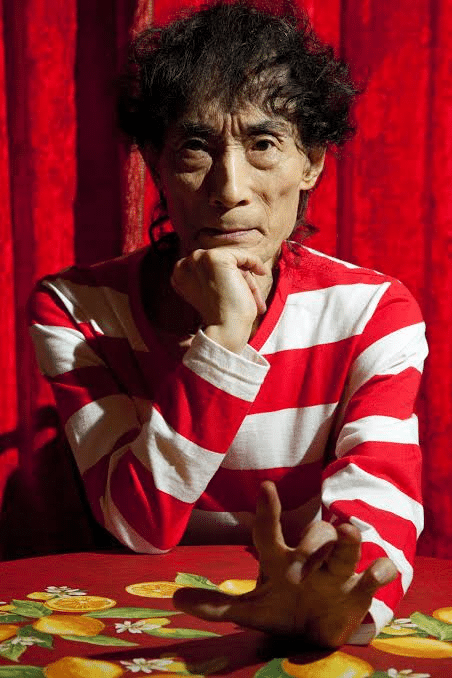

Kazuo Umezu, author of The Drifting Classroom and Cat Eyed Boy and one of the great horror cartoonists of the 20th century, has died. The announcement, made last night by his art company UMEZZ, stated the artist died on October 28th. It was reported earlier this year the artist collapsed at his home. A private service was held by his family.
To say Umezu was a force in 20th century horror comics feels like an understatement. Few artists body of work was both as influential and singular as his. His comics influenced a whole generation of horror artists ranging from Junji Ito and Kanako Inuki to western artists such as Katie Skelly and Trevor Henderson. The queen of manga herself, Rumiko Takahashi was briefly one of his assistants. Yet no one else mixed horror, absurdity, and drama in quite the way Umezu does throughout his body of work.
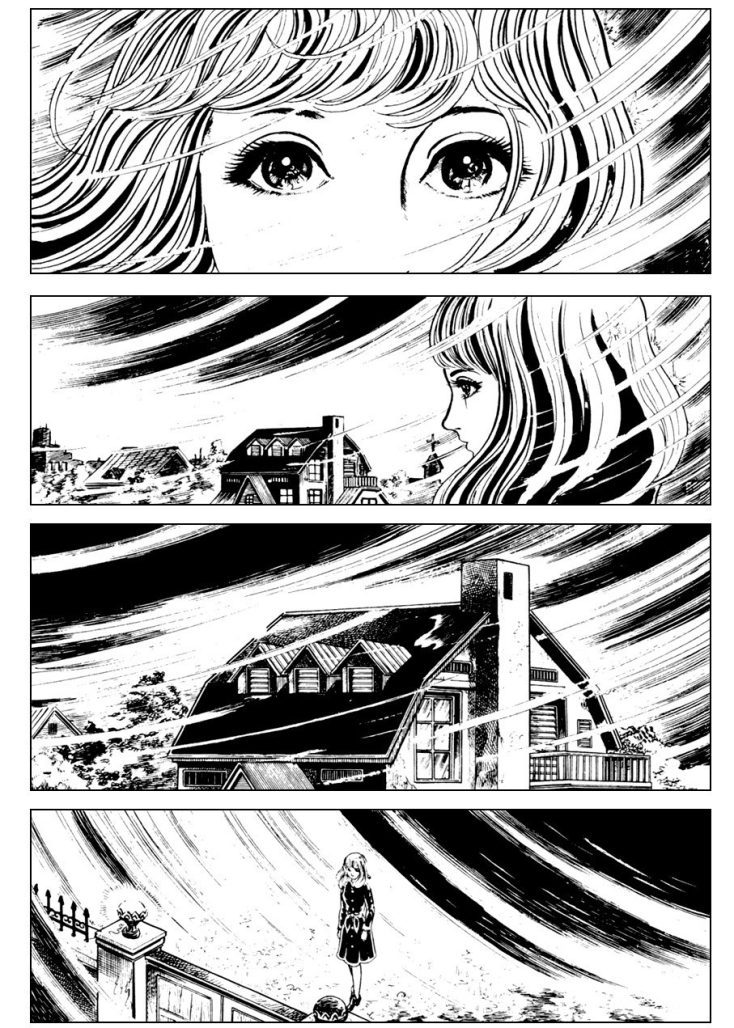

Born September 3rd 1936, the artist grew up in the mountain city of Dojo. He drew from an early age while also absorbing tales of the supernatural, especially stories of snake women. Like many in his generation, he was inspired to draw manga after reading the work of Osamu Tezuka. His first published manga was an adaptation of Hansel and Gretel at the age of 18.
Umezu soon hooked up with the growing gekiga movement, an artistic shift in manga that emphasized comics as a serious art form akin to literature and film. His comics stood out by incorporating supernatural and paranormal elements in his stories. At the same time, he started creating comics for shojo comics anthologies like Shojo Book and Niji.
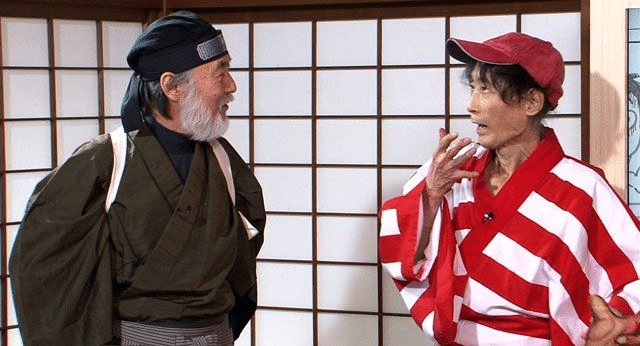

It’s here where Umezu’s style began to take root. Like other horror artists of his generation, such as his colleague Hideshi Hino, he combined the aesthetics of that era shojo manga with the grotesque and supernatural. The effect was like no other. The heightened emotions in shojo manga storytelling was perfect for ratcheting up tension and exaggerating the horrors present in his stories in works like Reptilia. The most striking thing about his works though were that they were always about children facing these horrors, not adults. Adults were typically the forces of evil, often combined with supernatural terror. Horror comics in Japan were never the same.
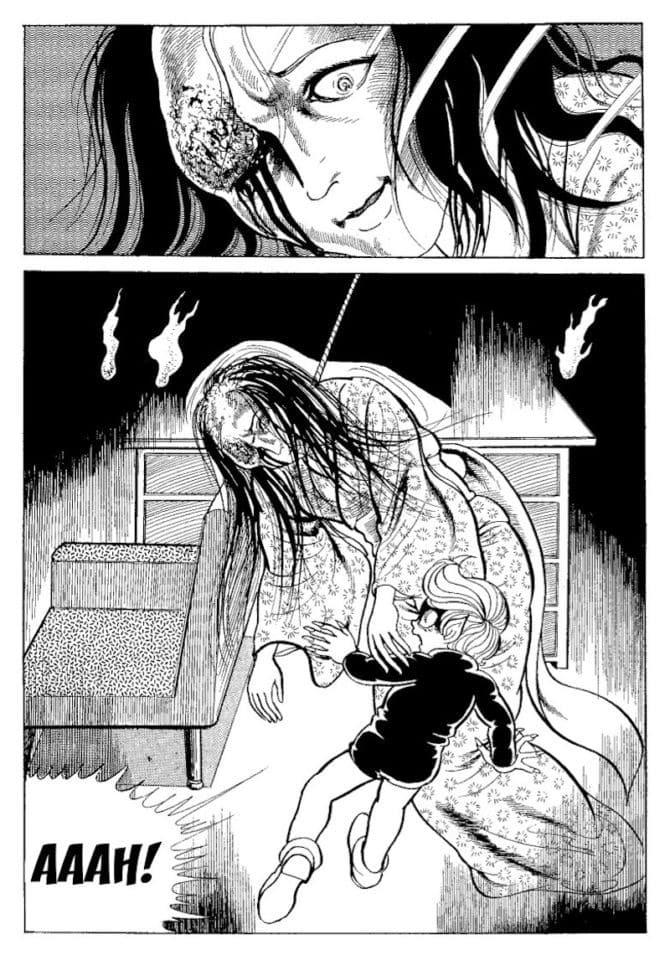

Many of his early horror comics featured wandering protagonists such as Orochi, about a mysterious supernatural young woman who came across various supernatural evils, and Cat Eyed Boy, which featured a boy with cat’s eye also coming across various supernatural evils. These manga were similar to something like Shigeru Mizuki’s GeGeGe No Kitaro, which dealt with supernatural protagonists coming into contact with evil. However what differentiated Umezu from someone like Mizuki was Umezu’s willingness to fully embrace darkness and violence. The folks Orochi or The Cat Eyed Boy encountered were violent and monstrous individuals. These stories usually ended with their subjects meeting gruesome ends after committing horrific acts. In this respect and with his slightly more realistic drawing style, his comics were closer to the EC horror comics in America than the yokai focused work of Mizuki.
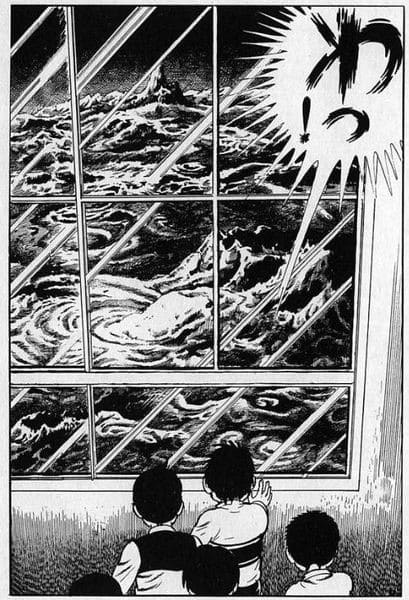

Soon though, Umezu switched from publishing in shojo magazines to shonen ones and his career skyrocketed from there. In the late 60s he began work on his first masterpiece, The Drifting Classroom. The manga tells the story of an entire elementary school sent to an apocalyptic future and how the young children faced this terror. A nuclear Lord of the Flies, Drifting Classroom taps into so many fears; nuclear apocalypse, generational conflict, and self reliance in a world of uncertainty, to name a few. There was no way a work like this would not hit a nerve with a generation of readers.
But horror wasn’t all the artist was capable of drawing. He was also known for the gag manga Makoto-Chan. Works like My Name is Shingo and Fourteen showcased his ability at science fiction. Admittedly it’s horror tinged science fiction. My Name is Shingo deals with fears of industrialization and artificial intelligence and Fourteen, a spiritual sucessor to The Drifting Classroom, follows the annihilation of mankind. These works resonated with readers in Japan as much as his horror comics. His work on this comic would win him the Shoakukan Manga Award in 1974.
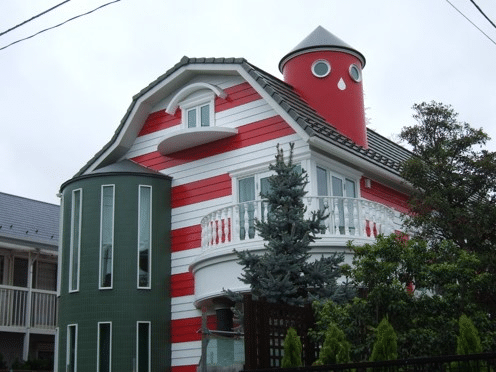

As iconic as Umezu’s work was, the author himself was just as singular. Calling him a bit of a character also feels like an understatement. Considered the god of horror manga, the author was known for wearing the red and white striped shirt everywhere. His house in Kichijoji was the center of a lawsuit after his neighbors object to the candy striped paint job. Unsurprisingly, he won the lawsuit. He also had a similar cottage up near Nagano complete with indoor slide.
Besides comics, his work was adapted for several mediums. Several adaptations of The Drifting Classroom exist including one from the director of cult Japanese film House Nobuhiko Obayashi. A musical adaptation of My Name is Shingo musical debuted in 2016. He also wrote and directed an autobiographical film titled Mother, where the lead of course wore his trademark shirt.
After retiring drawing manga in 1996 due to tendonitis, Umezu began appearing all over media in Japan. He made cameo appearances in film adaptations of his work including The Snake Girl and the Silver-Haired Witch and the Obayashi adaptation of Drifting Classroom. Additionally he memorably appears in the film adaptation of Tokyo Zombie, as an expert on black magic.
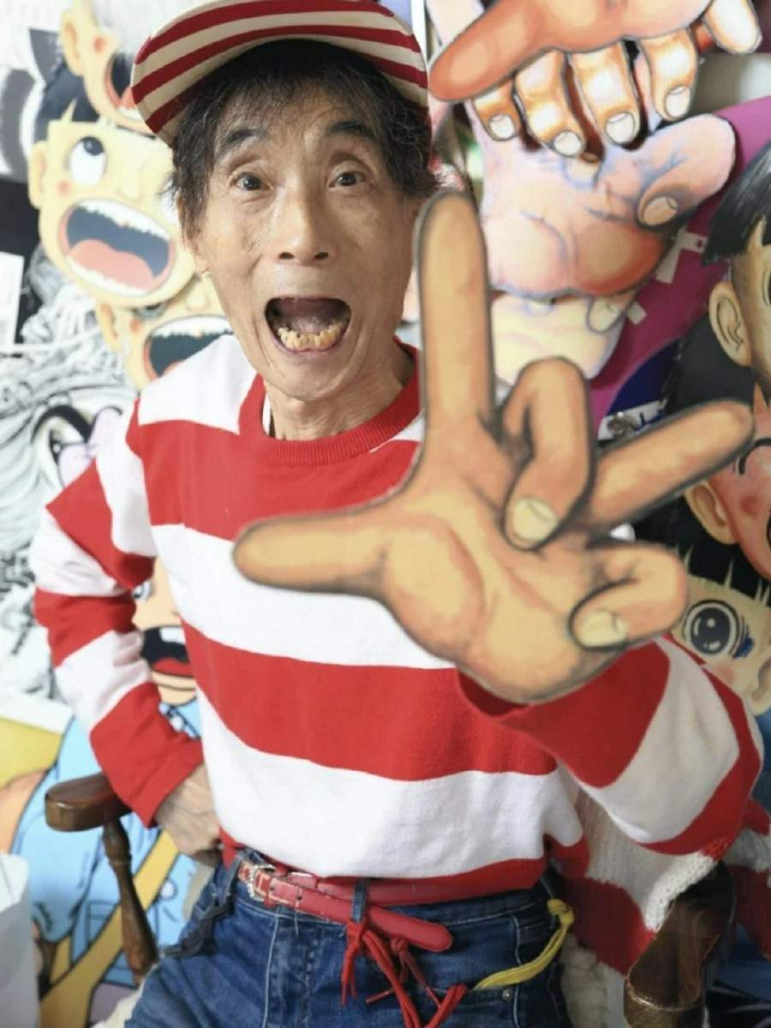

In recent years, the artist began displaying paintings based on My Name is Shingo, his first new work since his retirement. He was awarded the Prize for Inheritance in 2016 at Angeloume, an award recognizing great comics of the past, for My Name is Shingo. At the time of his death, Kazuo Umezu was supposedly in the planning stages of a new manga.
Few artists have had the same impact on 20th Century horror comics like Kazuo Umezu did. His blend of the supernatural and shojo aesthetics while also having a childlike perspective was unique to him. Yet it also connected with generations of horror artists and will continue to do so for yers to come. The persona he presented to media was as childlike as his comics could be. As influential as a work like Orochi was on Junji Ito’s Tomie, it’s hard imaging the many silly photos of Ito without Umezu’s own. There was no one quite like Kazuo Umezu and there probably will never be another one.
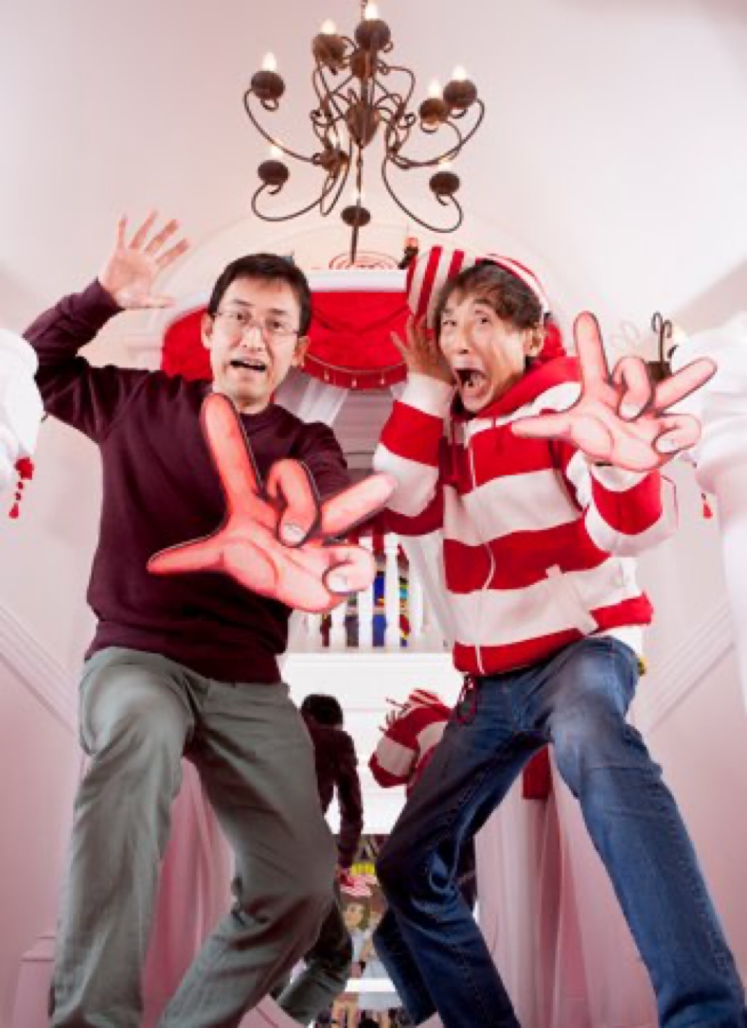

The Drifting Classroom, Cat Eyed Boy, Orochi, and My Name is Shingo by Kazuo Umezu (aka Kazuo Umezz) are currently available in print and digital by Viz Media.


Source link